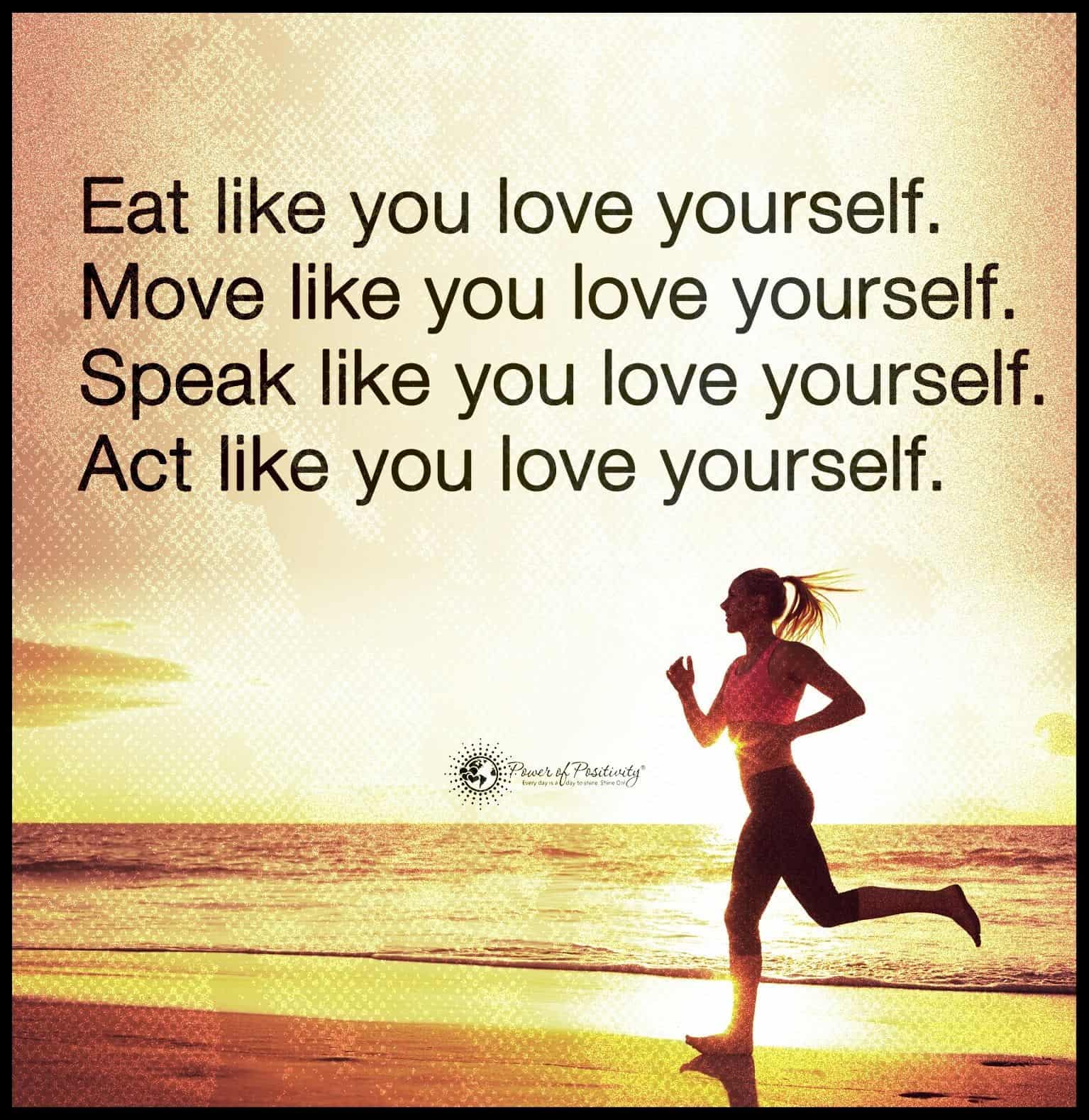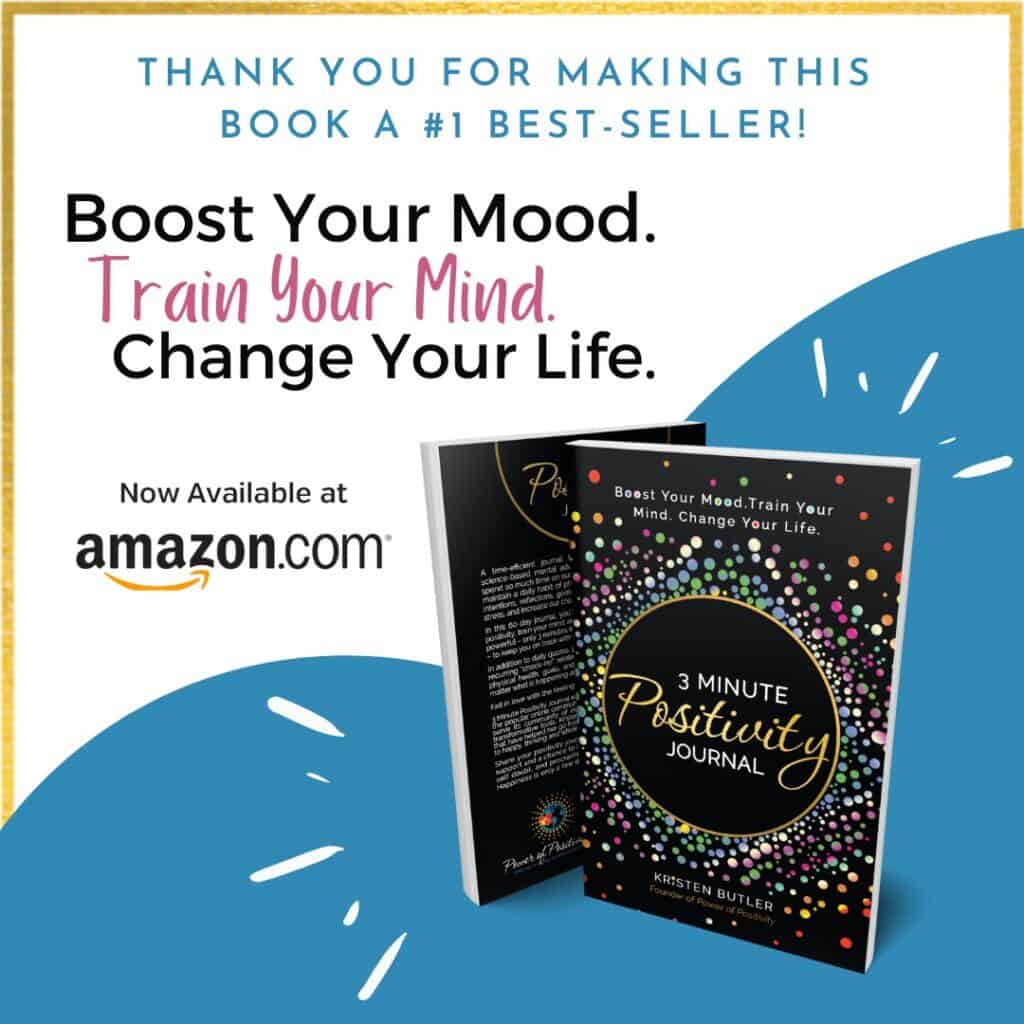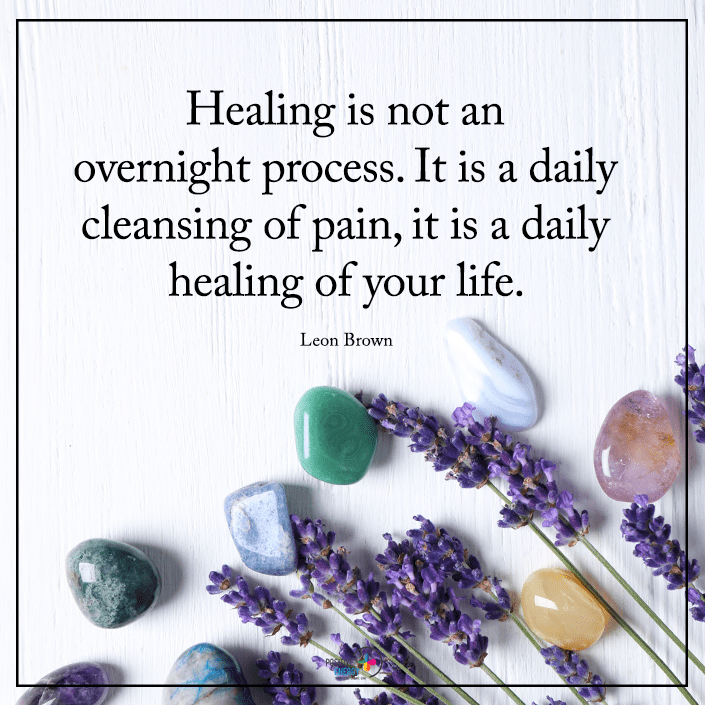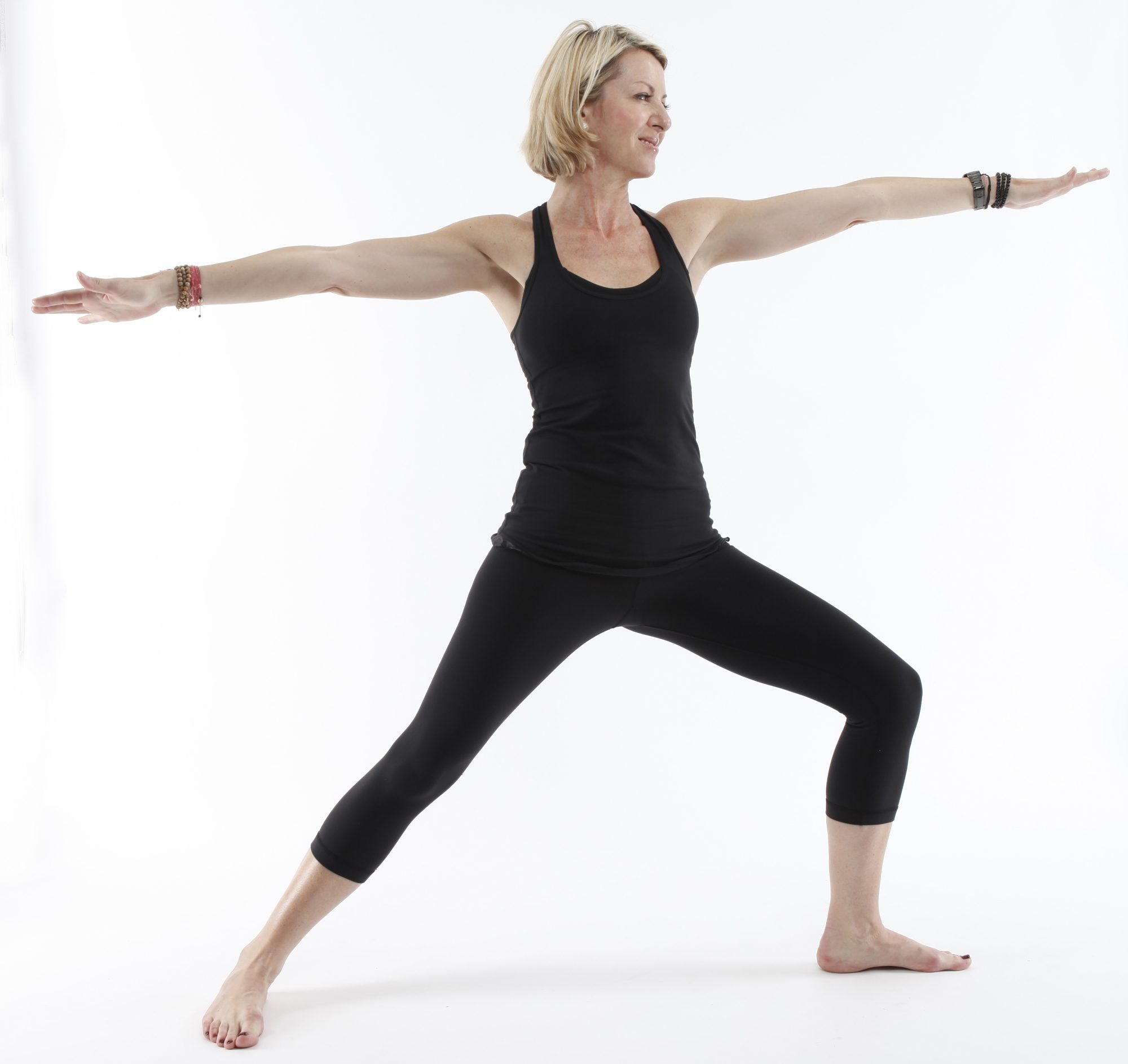Alzheimer’s disease, a neurodegenerative disorder that impairs memory and cognitive abilities, affects millions worldwide annually. Alzheimer’s accounts for around 60-80% of dementia cases, the general term for brain disorders that affect thinking, behavior, memory, and emotion. According to Alzheimer’s Disease International, over 55 million people globally lived with dementia in 2020. Experts estimate that by 2050, this number will increase to around 140 million people. However, scientists have found that exercise can protect against Alzheimer’s and other forms of dementia.
Physical activity offers numerous benefits for the mind and body, including keeping the brain sharp and vibrant. A sedentary lifestyle dulls the mind and causes muscle atrophy, while exercise provides an engaging challenge for the entire system. Working out also releases endorphins that help reduce stress, anxiety, and other negative emotions.
Most doctors and other healthcare professionals tell patients to follow the pillars of health to maintain their physical and mental strength. Positive habits inevitably ward off diseases, but physical activity has the most pronounced impact. By incorporating high-intensity exercise into your lifestyle, you can potentially delay the onset and progression of Alzheimer’s disease.
What is High-Intensity Exercise?

High-intensity exercise, or HIIT, involves short bursts of cardio designed to elevate your heart rate and increase calories burned. Cardiovascular exercise can include anything you enjoy, such as running, biking, swimming, or jumping rope. The high-intensity interval training workouts will push you beyond your comfort zone by alternating between short sessions of intense movements and brief recovery periods.
Exercises usually last between one-four minutes and provide metabolic conditioning since your heart rate will elevate to 70-90% of your maximum heart rate. By working harder instead of longer, you’ll increase your fitness and feel more energized. Some studies have discovered that HIIT burns 25-30% more calories than moderate-intensity exercises. And by enhancing your physical health, you’ll experience more mental clarity and reduce the risk of developing Alzheimer’s disease.
Plus, you can benefit from HIIT if you’re crunched for time since you only need a few minutes for a workout session.
The Link Between Exercise and Alzheimer’s Disease
A study published in The Journal of Physiology found that just six minutes of HIIT could delay the onset of Alzheimer’s disease. Researchers discovered that high-intensity workouts like vigorous cycling could enhance brain health by increasing brain-derived neurotrophic factor (BDNF) protein production. This specialized protein encourages neuroplasticity and extends the lifespan of neurons. It also plays a crucial role in learning, memory, and protecting the brain from harmful amyloid plaques which disrupt cognitive functioning.
Because of the neuroprotective qualities of BDNF, researchers wanted to study how it could impact aging and preserve brain functioning. Other studies have also shown that intermittent fasting can reduce the prevalence of Alzheimer’s biomarkers and increase BDNF production. For the current study, researchers from the University of Otago, New Zealand, decided to compare the impact of fasting and exercise on BDNF activity.
Twelve physically active participants (six males and six females aged between 18 and 56 years) participated in the study. Researchers tested the following approaches to investigate how they affected brain health:
- Fasting for 20 hours,
- Light exercise (90-minute low-intensity cycling),
- High-intensity training (a six-minute bout of vigorous cycling),
- Combined fasting and exercise.
The team discovered that HIIT workouts increased BDNF and helped prevent Alzheimer’s disease more than fasting or light exercises. BDNF increased 4-5 times more with high-intensity training than fasting or prolonged activity.
How High-Intensity Exercise Delays Alzheimer’s Disease

The team said more research is needed to understand the mechanisms involved in BDNF production fully. However, they believe increased blood flow and oxygenation to the brain during exercise play a pivotal role in increasing BDNF. High-intensity workouts also stimulate the growth of new brain cells and neural connections. In addition, research shows interval training enhances mitochondrial function since cells produce more proteins that encourage muscle-building.
Finally, scientists posit that the brain consumes lactate as an energy source rather than glucose during intense exercise. This energy transition leads to elevated blood levels of BDNF, which improves mental capacity. High-intensity workouts also increase the aggregation of platelets propagating in the blood by 20%. Since these tiny blood cells store abundant BDNF, they help boost cognitive functioning and prevent Alzheimer’s disease.
The Best High-Intensity Exercises for Alzheimer’s Prevention
Aerobic exercises like sprinting, biking, or squat jumps can help prevent or delay Alzheimer’s disease. You can also incorporate resistance training with weights or bodyweight exercises into your workouts to improve mental and physical fitness. Finally, consider sprint intervals or other high-intensity exercises to challenge yourself and detoxify the body. A combination of cardio and weight training exercises will produce the best results.
Incorporating High-Intensity Exercise into Your Lifestyle
When beginning a high-intensity exercise program, start with low-impact movements and gradually increase the resistance as you progress. If you suffer from joint pain or other ailments, you can always apply modifications and adjustments as needed. Choose workouts that match your fitness level and personal preferences to make exercise more accessible and fun. Finally, set fitness goals and track your progress to stay on track with your new routine.
You’ll notice improved energy levels and greater mental focus as you perform the exercises more often. A regular workout routine also provides long-term benefits, such as lowering your risk of developing Alzheimer’s and other neurodegenerative disorders.

Final Thoughts on Exercise for Alzheimer’s Disease Prevention and Management
A recent study by New Zealand researchers found that high-intensity workouts may delay or prevent Alzheimer’s disease. They discovered that short sessions of vigorous exercise increase the production of a protein called BDNF, which protects the brain from cognitive decline. This specialized protein also assists with learning, memory, neuroplasticity, and neuron production.
Since the destruction and death of nerve cells play a critical role in the development of Alzheimer’s, scientists have concentrated their research on preventing cognitive decline. They’ve found that maximizing brain health through high-intensity exercise may prevent age-related diseases and increase longevity. Tailored exercise plans for Alzheimer’s prevention may include HIIT workouts, weight training, cycling, or a combination of these workouts. So, to protect yourself from Alzheimer’s disease and improve your well-being, incorporate exercise into your daily routine.

















